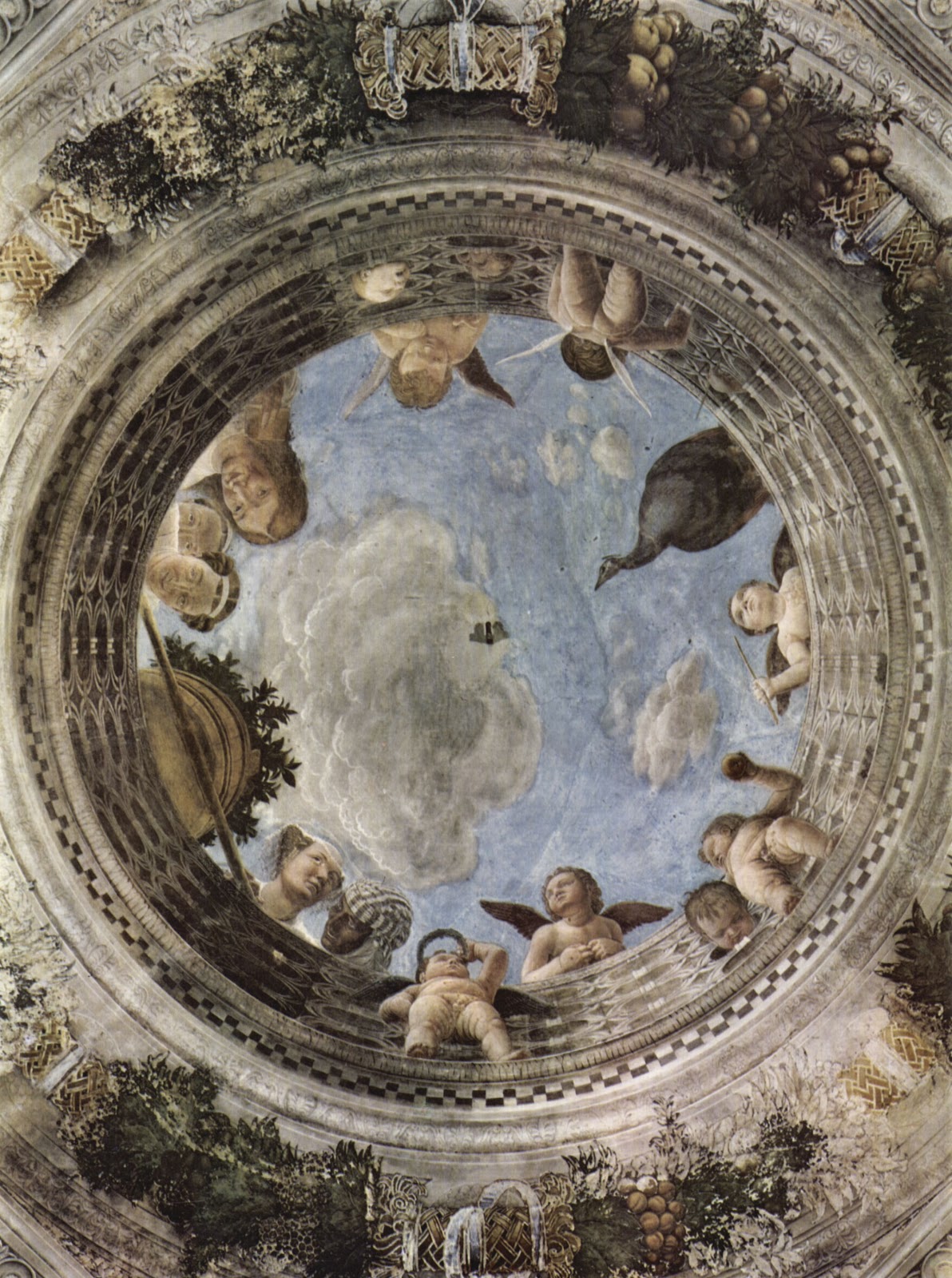Grazia Maria Cosima Damiana Deledda
(1871-1936) è stata una scrittrice
Italiana, rappresentante della
scuola verista, originaria della Sardegna.
Nel 1926 le venne conferito il
Premio Nobel per la Letteratura "
per la sua potenza di scrittrice, sostenuta da un alto ideale, che ritrae in forme plastiche la vita quale è nella sua appartata isola natale (la Sardegna) e che con profondità e con calore tratta problemi di generale interesse umano".
Grazia Deledda è l'unica
donna Italiana a ricevere il
Nobel per la Letteratura e la seconda al mondo, dopo la scrittrice Svedese Selma Lagerlöf che lo ricevette nel 1909.
La Deledda è stata la prima donna Italiana a vincere il Nobel, e dopo di lei, la Rita Levi-Montalcini vinse nel 1986, il Nobel per la Medicina.
Grazia Deledda è stata un’autrice molto prolifica: ha scritto 350 racconti, 35 romanzi e molte poesie.
Mentre soffia il levante
Un racconto di Grazia Deledda, pubblicato dal sito del Premio Nobel
Dalla raccolta "I giuochi della vita", 1905
Un'antica leggenda sarda afferma che il corpo degli uomini nati nella vigilia di Natale non si dissolverà mai fino alla fine dei secoli.
Si parlava appunto di ciò in casa di zio Diddinu Frau, ricco contadino, e Predu Tasca, il fidanzato della figliuola di zio Diddinu, domandava:
- Ed a che serve ciò? Che possiamo farcene del corpo, dopo che siamo morti?
Désiré Thomassin | Shepherd Returning Home, 1933








































